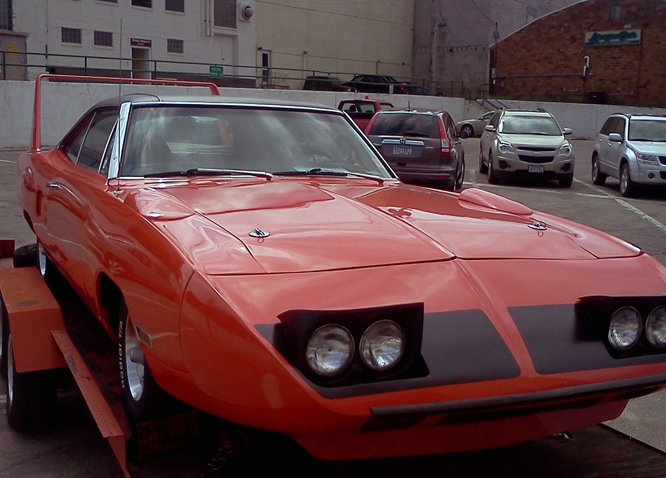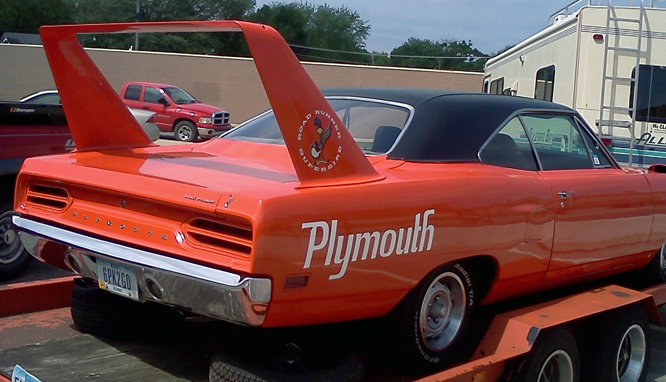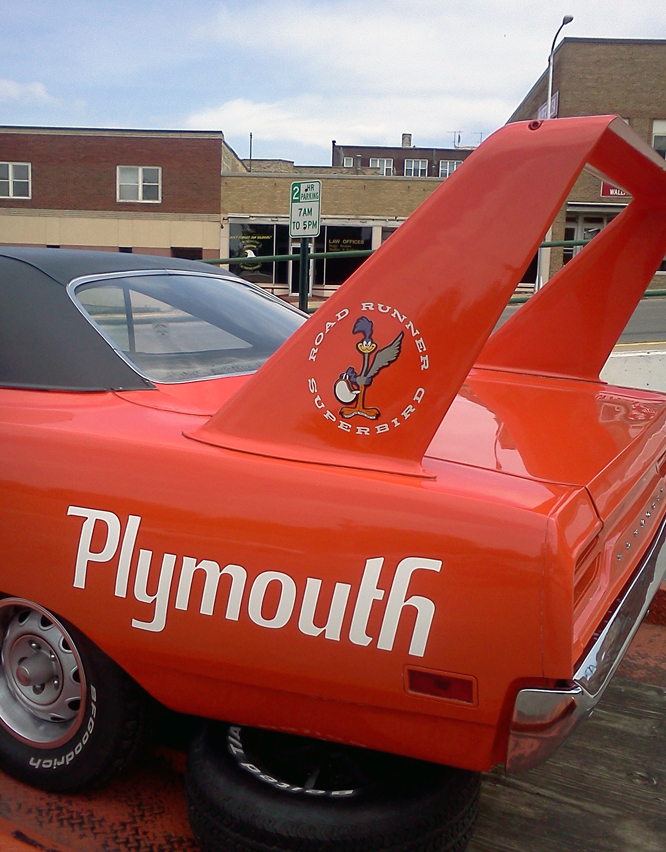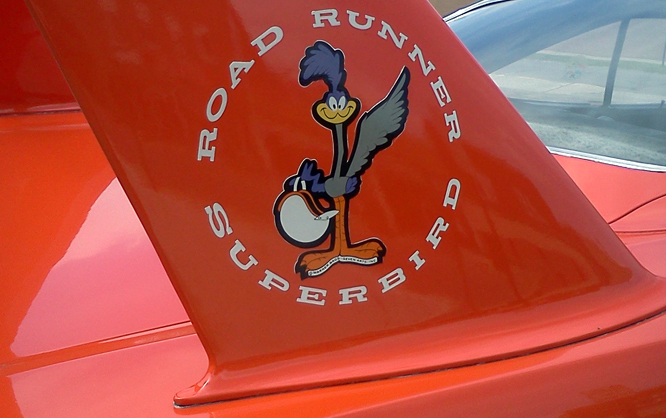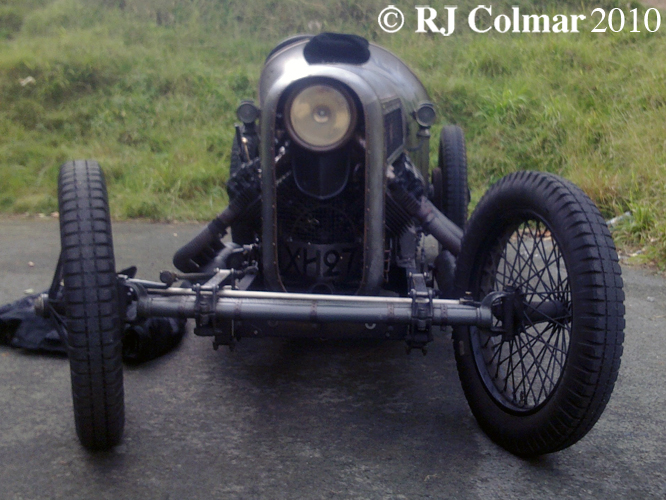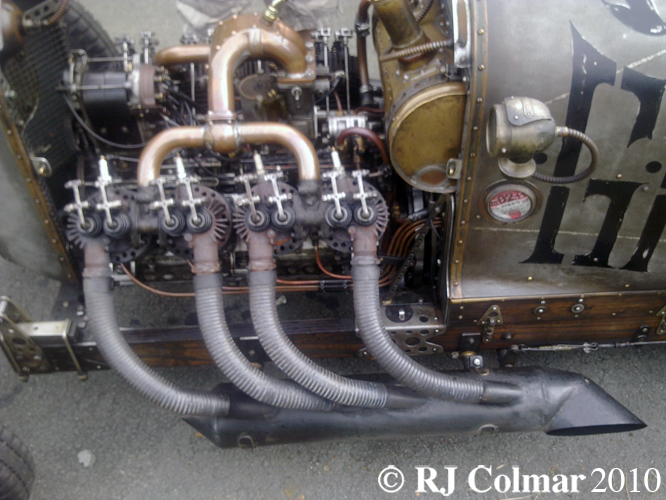Thanks to GALPOT’s biggest fan Jr Cracker today we are looking at a Plymouth Road Runner Superbird allegedly seen behind a strip bar.
In 1969 NASCAR legend Richard Petty left Chrysler for Ford, Petty had wanted to run a more aerodynamically efficient Dodge Charger but Chrysler executives insisted Richard run the Plymouth Road Runner in the Grand National Series now known as the Sprint Cup. Richard came second in the 1969 Championship to David Pearson also driving a Ford although Bobby Isaacs took the seasons most wins 17, driving the Dodge Daytona model Petty had been so keen to run, Isaacs finished only 6th in the ’69 seasons final standings.
Chrysler executives managed to tempt Richard Petty back into the Plymouth fold by introducing the Road Runner Speedbird with it’s aerodynamic nose and enormous back wing, the height of which was determined as much by the requirement of the public to be able to open the boot/trunk of the road going versions as by any aerodynamic considerations.
Ironically Richard was injured in an accident driving his Road Runner Superbird in the Rebel 400 at Darlington in 1970, the resultant injuries meant “The King” had to sit out 5 races of the season which allowed Bobby Isaac to win the 1970 title in his #71 Dodge Daytona, effectively Dodge Challenger with the same nose and rear wing modifications as the Superbird.
By 1971 NASCAR had outlawed these aerodynamic curiosities, the advantages of which only kicked in at around 90 mph plus.
Chrysler needed to build 1920 Superbirds, one for every two dealerships in the USA, in order to be allowed to race, published figures suggest up to 2,783 examples may have been built though the generally accepted figure is 1,935, of which 1000 are thought to still exist.
Only 135 Superbirds were originally fitted with the 426 Hemi V8, outlawed from NASCAR racing, while the rest had 440 Super Commando motors with either a single 4 barrel carburettor or three two barrel carburettors.
All road going Superbirds were fitted with horns that imitated the famous cartoon Road Runner who’s logo adorns the rear wing supports and the off side front pop up head light cover.
My thanks to JC for his photographs taken on his Android.
Thanks for dropping in on this Superbird edition of ‘Gettin’ a lil’ psycho on tyres, I hope you will join me again tomorrow. Don’t forget to come back now ! Beep ! Beep !

